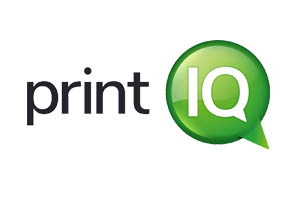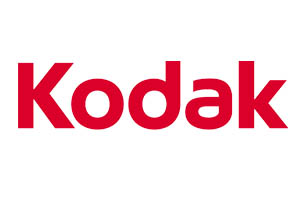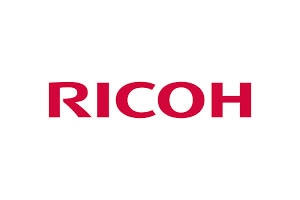Offset Printing…
Offset Printing Services
Offset printing is the traditional printing process using offset presses. It is a well-established and dependable print technology offering great value to higher quantity jobs. We can deliver printed products from a run of several hundred to several hundred thousand.
No job is too big or too small, and we work with our clients to provide flexibility and fast turnaround to accommodate your needs and timelines.
Offset Printing Explained
Offset printing is one of the most used printing methods for larger and mass-produced printed media. Offset works on the principle of oil and water separation. The plates (usually made from aluminium) have been treated to make image areas attract ink, and non-image areas attract water to repel the ink. When water and ink are applied by the rollers to the plate, the oil-based ink sticks to the image, while water sticking to the non-image area repels it. The plates are used to transfer an image onto a rubber “blanket”, and then the image is rolled onto a sheet of paper. It’s called offset because the ink is not transferred directly onto the paper from the plate, which reduces wear and tear on the printing plate, thus prolonging its lifespan.

Our offset printing technology allows the team at Optima Press to efficiently produce large quantities while still providing accurate colour reproduction and crisp, clean, professional looking print.
Kodak Staccato™ Printing
We offer Staccato™ printing developed by Kodak. Staccato™ printing is a form of Frequency Modulated (FM) screening that uses random microdots of similar size. It is different from AM screening which uses conventional screen angles and dots of different sizes to print.
The advantages of Staccato™ printing (FM printing) versus conventional AM printing are numerous:
- FM (Staccato™) screening printing is closer to a continuous tone than conventional AM screening; the dots are very small and the size remains constant throughout the process. The image becomes darker as more small dots are added and lighter as dots are removed.
- FM (Staccato™) screening shows greater accuracy as the process places dots pseudorandomly instead of their being aligned along fixed screen angles.
- The absence of a fixed spacing or direction for the FM microdots eliminates moiré patterns and there is no rosette structure with FM (Staccato™) screening.
- Staccato™ screening ensures more vibrant, brighter colours and more consistent printing of colours across the full range of colour.
- A wider colour gamut through the whole tonal range can be achieved with FM (Staccato™) screening – as the dots are smaller and have less area around them to reflect light, the ink filters most of the light without the substrate being contaminated.
- There is reduced colour variation through the print run with FM (Staccato™) screening. If the dots from one ink shift in relation to dots from another ink, the effect on colour is very small. The smaller dots carry only a limited amount of ink, resulting in better stability if density fluctuates.
- If the pictures and text are slightly out of register, it is less noticeable with FM (Staccato) screening and there is little impact on quality. This improves yield and reduces waste.
When magnified, the differences are instantly apparent, particularly in the colour in the iris and the definition in the eye lashes…
Why choose Offset Printing?
- Large quantities can be printed cost-effectively,
the more you print, the cheaper the price per unit - Faster printing for high volume jobs
- A large variety of paper types with custom finishes can be used
- Special custom inks, such as metallic and Pantone colours, are available
- Highest possible printing quality, with greater detail and colour fidelity

AM Screen

FM Screen










